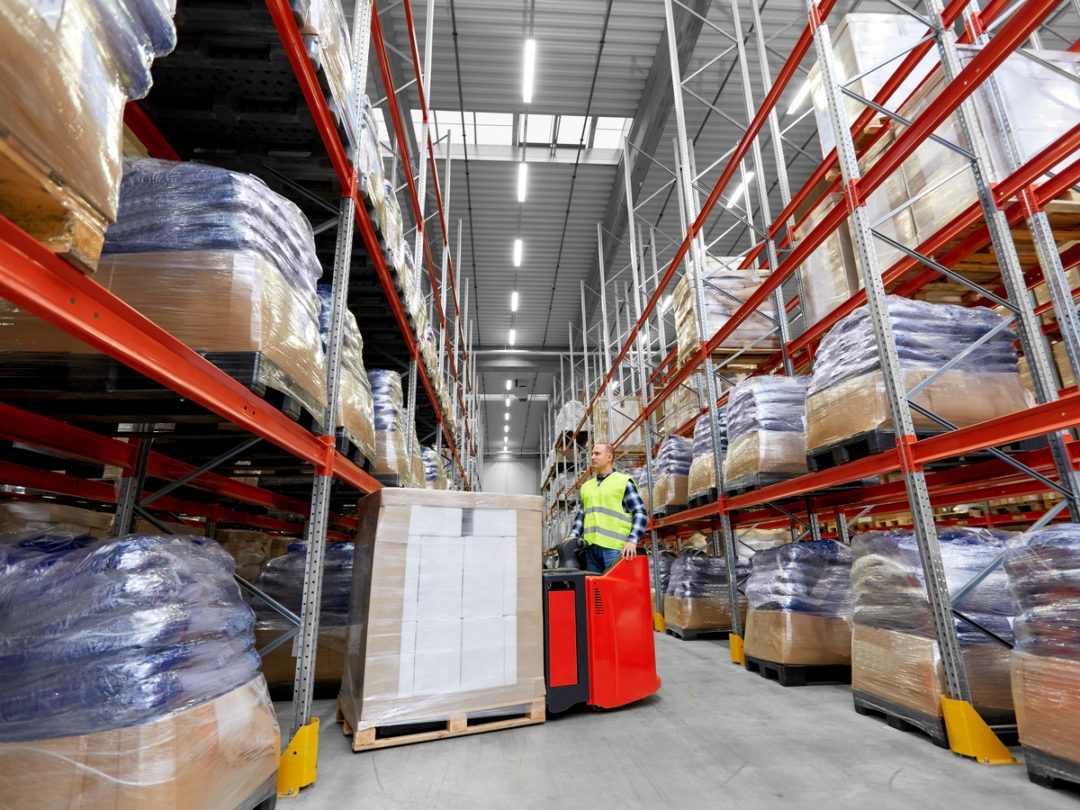
When supply-chain problems arise — such as short inventories or slow deliveries — fingers often point to the warehouse.
Especially amid the pandemic, modernizing operations is a requirement for maximum productivity and happy customers, and automated solutions are a good place to start.
Staff Productivity
Collaborative robots (cobots) are engineered to complete repetitive and time-consuming tasks like picking and packing, and bringing these bots into the warehouse makes it possible for employees to shift attention to tasks that have more significant business impact.
Similarly, augmented reality (AR) can make picking faster and easier for workers by adding a new dimension to the process. Head-mounted displays or smart glasses show the most direct route to the product, or point out the exact location of the item.
When integrated with a warehouse management system (WMS) and order management system (OMS), these technologies also allow businesses to forecast, analyze and act upon fluctuating demand, such as seasonal- or global pandemic-induced surges.
Maximizing Space
Even with the best tools, an inefficient work environment will delay the payoff. Warehouse space is known for being very limited — an issue magnified by COVID-19. New solutions are helping businesses make the most of their space.
For example, as research and development into tools such as robotic pickers or movable shelving increases, businesses may soon be able to make use of empty vertical space that was previously inaccessible to the human workforce. And investment into drones can help mega-warehouse employees work more efficiently, without spending endless hours trekking up and down the aisles. Utilizing technology that can bring the product to the picker, rather than the other way around, will greatly reduce the time required to fill orders. This means more can be fulfilled within the same time and without adding extra headcount.
On the software side, paying attention to the insights learned from OMS and WMS technologies allows businesses to ensure that shelves are not stacked with items that are no longer popular with consumers, and that forecasting information is used when deciding which goods to order and in which quantities, so valuable shelf space isn’t wasted. No one could have predicted the shortages we have experienced during COVID-19, but in the future, we will be able to use what we’ve learned from the pandemic to more accurately predict what consumers will want in advance of future outbreaks.
The bottom line is that the warehouse is integral to driving efficiency in the supply chain, and businesses must invest in technology now to maximize future productivity.
Source: Supply Chain Brain
